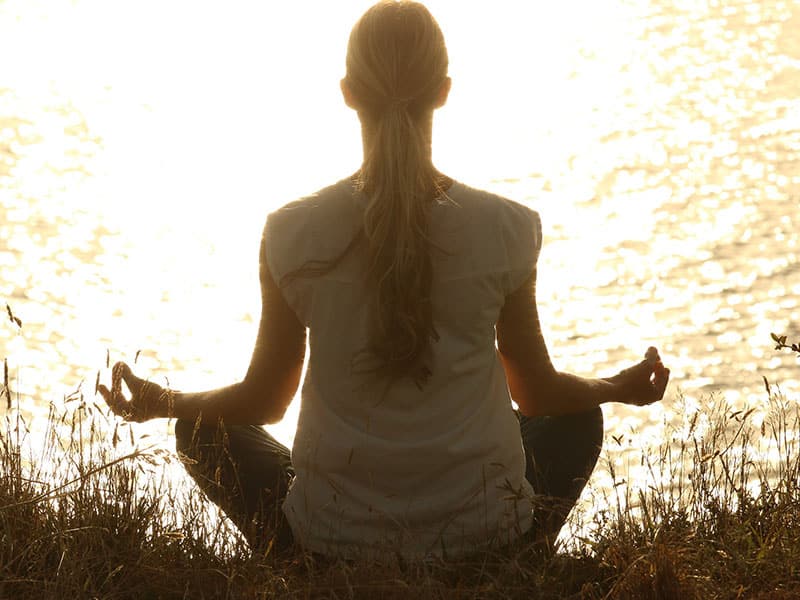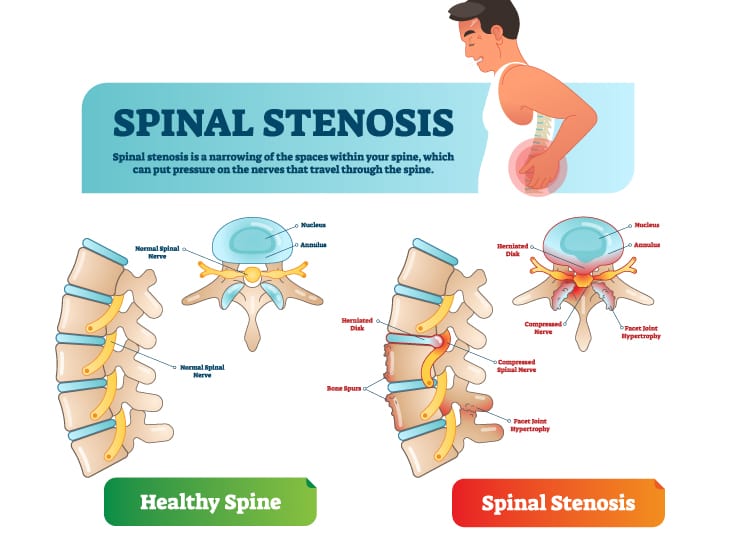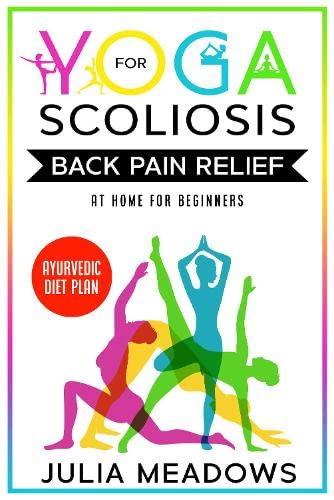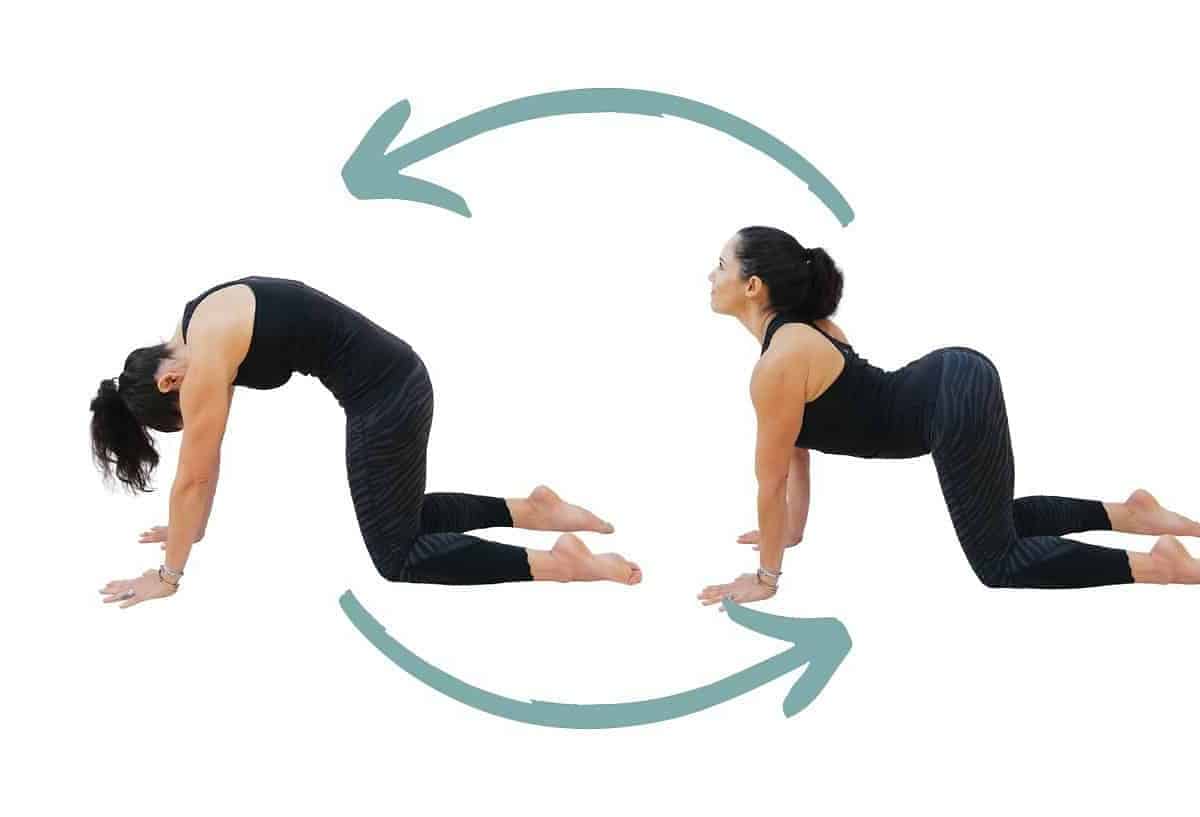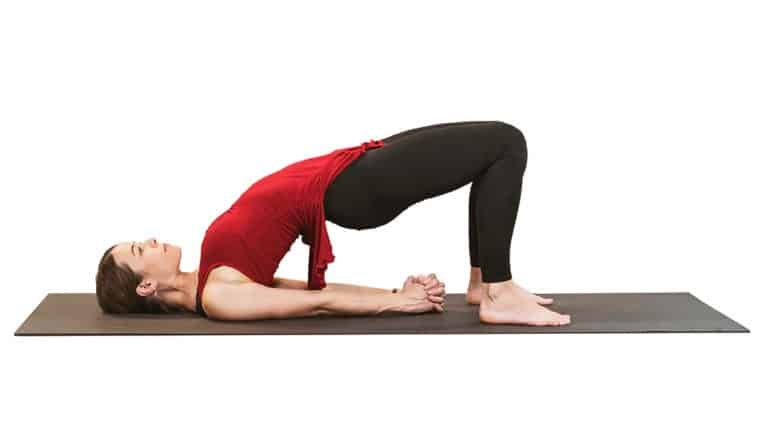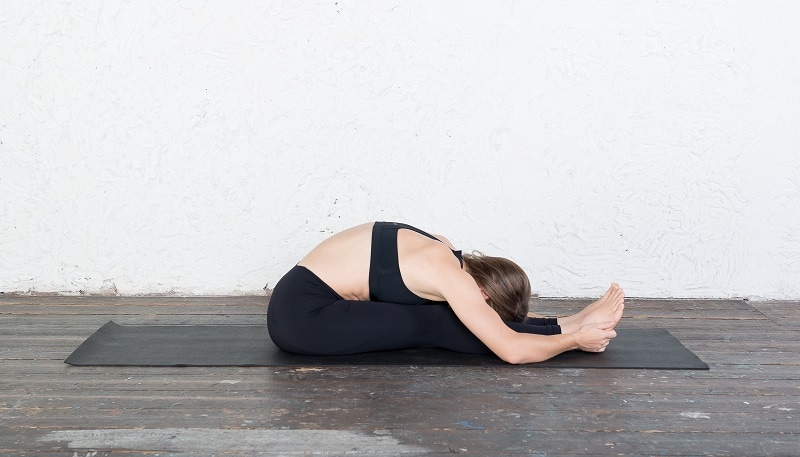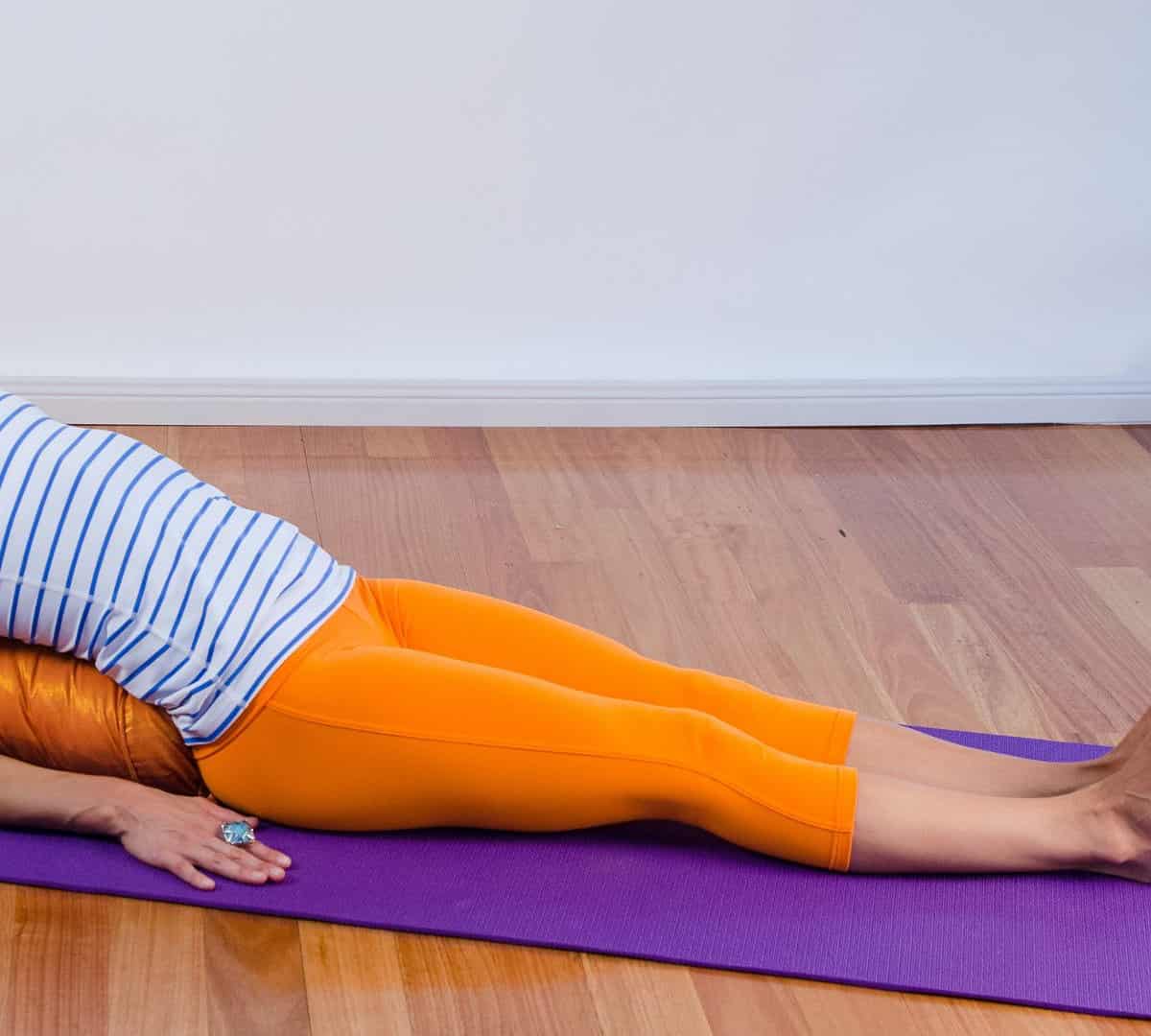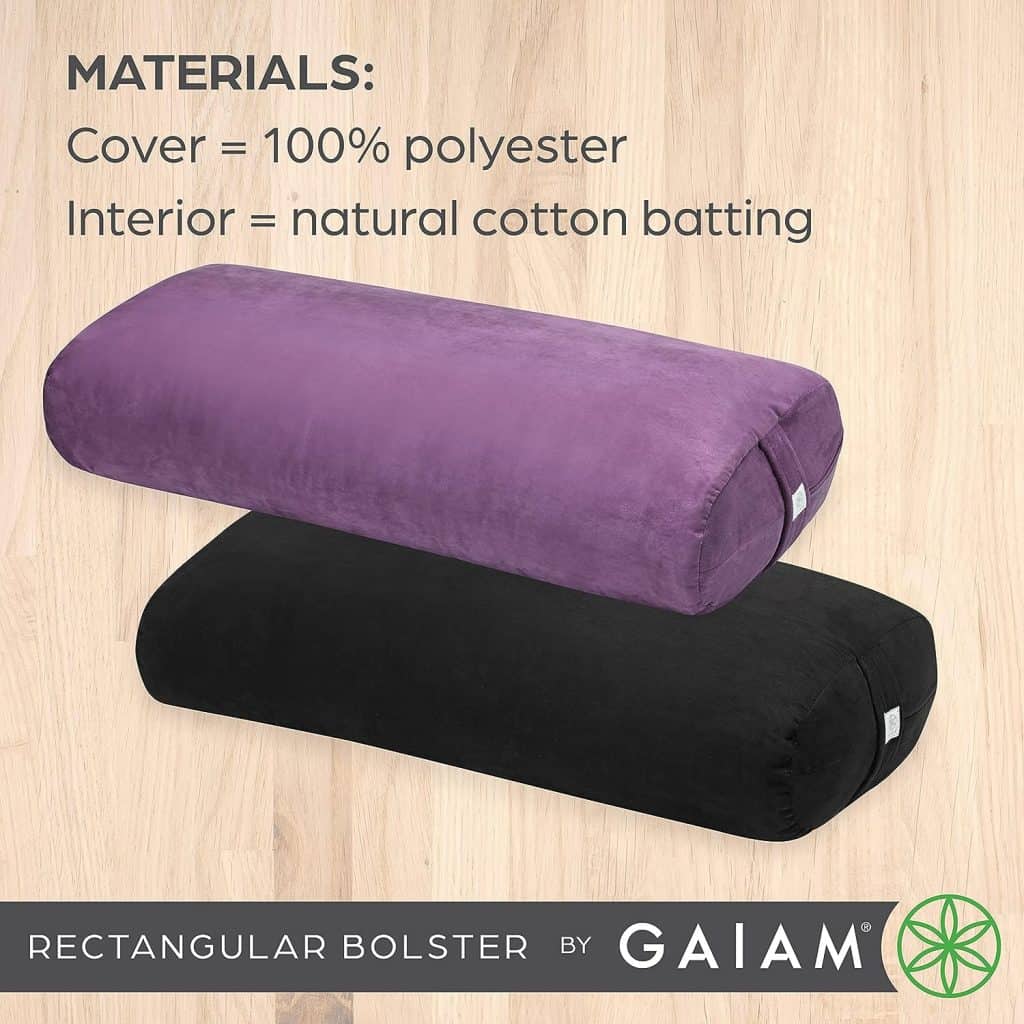In this article, we’ll explore the understanding of spinal stenosis, the benefits of spinal stenosis yoga, precautions and modifications for practicing yoga, recommended yoga poses, and other lifestyle changes to support spinal stenosis management.
If you’re living with spinal stenosis, incorporating yoga into your routine can provide numerous benefits. Yoga helps improve flexibility, strengthen core muscles, and promote pain relief and relaxation.
However, it’s important to take precautions and modify certain poses to ensure safety.
Understanding spinal stenosis
What is spinal stenosis?
Spinal stenosis is a condition characterized by the narrowing of the spaces within the spine, which puts pressure on the nerves and spinal cord.
This can lead to pain, numbness, and weakness in the back, neck, arms, or legs. It commonly occurs in the lower back (lumbar spinal stenosis) or the neck (cervical spinal stenosis).
Causes of spinal stenosis
Spinal stenosis can be caused by various factors, including age-related degeneration of the spine, herniated discs, bone spurs, thickened ligaments, and spinal injuries.
Certain risk factors, such as genetics, obesity, and previous spine surgeries, can also contribute to the development of spinal stenosis.
Symptoms of spinal stenosis
The symptoms of spinal stenosis can vary depending on the location and severity of the condition. Common symptoms include pain or cramping in the legs, numbness or tingling in the extremities, weakness, difficulty walking or maintaining balance, and bladder or bowel dysfunction.
These symptoms may worsen over time and can significantly impact daily activities and quality of life.
The benefits of yoga for spinal stenosis
Improved flexibility and range of motion
Yoga focuses on gentle stretching and movement, which can help improve flexibility and increase the range of motion in the spine. By regularly practicing yoga, you can gradually loosen tight muscles and reduce stiffness, making it easier to perform daily activities without pain or discomfort.
Strengthening the core and supporting muscles
A strong core and supporting muscles are essential for maintaining proper spinal alignment and stability. Yoga poses engage the core muscles, including the abdominal and back muscles, helping to strengthen and support the spine. This increased strength can alleviate pressure on the nerves and reduce pain associated with spinal stenosis.
Pain relief and relaxation
Yoga incorporates deep breathing techniques and relaxation exercises, which can help reduce stress and promote pain relief. By focusing on your breath and practicing mindfulness, you can calm your nervous system and alleviate tension in the muscles surrounding the spine.
This can provide significant relief from the chronic pain associated with spinal stenosis.
Precautions and modifications for practicing yoga with spinal stenosis
Consulting with a healthcare professional
Before starting any new exercise regimen, including yoga, it’s crucial to consult with a healthcare professional. They can assess your condition and provide personalized recommendations and modifications based on your specific needs. This will ensure that you practice yoga safely and effectively.
Avoiding certain poses and movements
While yoga can be beneficial for spinal stenosis, it’s important to avoid certain poses and movements that may exacerbate your symptoms. Poses that involve excessive bending, twisting, or forward folding of the spine should be approached with caution or avoided altogether. It’s essential to listen to your body and modify poses to suit your comfort level.
Using props and modifications
Props such as blocks, straps, and bolsters can be used to modify yoga poses and provide additional support. For example, using a block under your hands in a standing forward bend can reduce strain on the lower back. Props can help you maintain proper alignment and prevent overstretching or straining the affected areas.
Recommended yoga poses for spinal stenosis
Child’s pose
Child’s pose gently stretches the lower back and hips, promoting relaxation and relieving tension. Start by kneeling on the floor, then sit back on your heels and fold forward, extending your arms in front of you.
Rest your forehead on the mat or a block for support. Hold the pose for several breaths, focusing on deepening your breath and releasing any tension in your back.
Cat-cow pose
Cat-cow pose helps improve spinal flexibility and mobility. Begin on all fours with your hands under your shoulders and knees under your hips.
Inhale, arch your back, and lift your chest and tailbone towards the ceiling (cow pose).
Exhale, round your spine, tuck your chin, and draw your belly button towards your spine (cat pose). Repeat this gentle flowing movement, syncing your breath with the motion.
Bridge pose
Bridge pose strengthens the glutes, hamstrings, and core muscles while opening the chest and shoulders. Lie on your back with your knees bent and feet hip-width apart.
Press your feet into the mat, engage your glutes, and lift your hips off the ground. Keep your shoulders relaxed and interlace your fingers underneath your body. Hold the pose for a few breaths, then slowly lower your hips back down.
Seated forward bend
Seated forward bend stretches the hamstrings and lower back, promoting flexibility and relieving tension. Sit on the floor with your legs extended in front of you.
Inhale, lengthen your spine, then exhale, hinge forward from your hips, reaching towards your feet. If you can’t reach your feet, use a strap or hold onto your shins. Focus on maintaining a straight spine and avoid rounding your back.
Supported fish pose
Supported fish pose opens the chest and shoulders, counteracting the forward rounding of the spine. Place a bolster or rolled-up blanket lengthwise on your mat.
Sit with your knees bent and feet on the floor, then recline back onto the bolster, allowing it to support your spine. Extend your arms out to the sides, palms facing up.
Relax and breathe deeply, feeling a gentle stretch in your chest and shoulders.
Other lifestyle changes to support spinal stenosis management
Regular exercise and physical activity
In addition to yoga, incorporating regular exercise and physical activity into your routine can help manage spinal stenosis. Low-impact activities such as swimming, walking, and cycling can improve overall strength, flexibility, and cardiovascular health without putting excessive strain on the spine.
Proper posture and body mechanics
Maintaining proper posture and body mechanics throughout the day can alleviate stress on the spine. Practice good posture by sitting and standing tall, keeping your shoulders relaxed and your spine aligned. When lifting objects, use your legs instead of your back, and avoid twisting or bending at the waist.
Weight management
Maintaining a healthy weight can reduce the strain on your spine and alleviate symptoms of spinal stenosis. Excess weight puts additional pressure on the spine, exacerbating pain and discomfort. Incorporate a balanced diet and regular exercise to achieve and maintain a healthy weight.
Conclusion
Incorporating yoga into your routine can provide numerous benefits for individuals with spinal stenosis. Improved flexibility, strengthened core muscles, pain relief, and relaxation are just a few of the advantages yoga offers.
By taking precautions, modifying poses, and consulting with a healthcare professional, you can safely practice yoga and enhance your overall well-being. Remember to listen to your body and make adjustments as needed to ensure a safe and enjoyable yoga practice.
Originally posted 2023-04-26 13:50:21.

